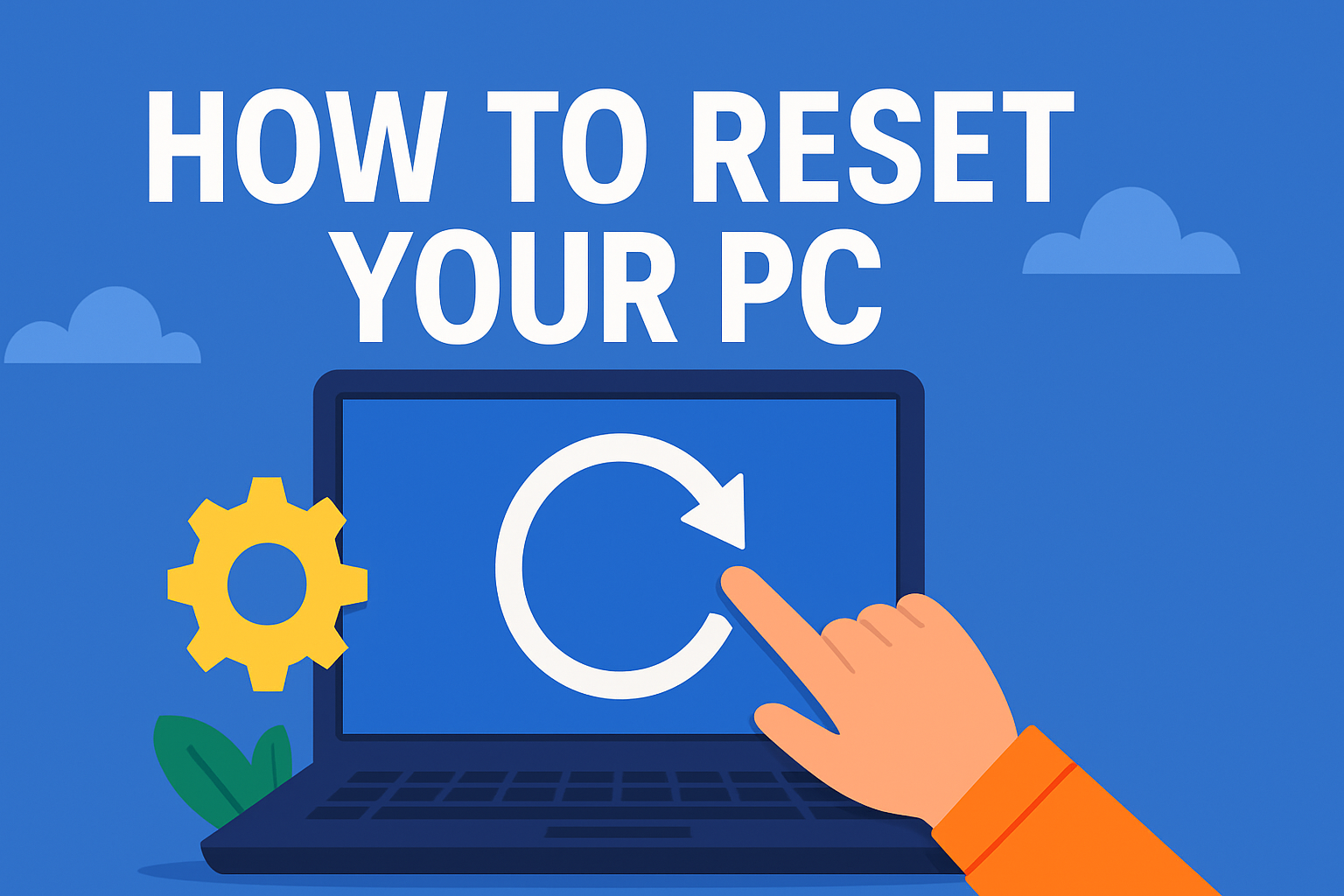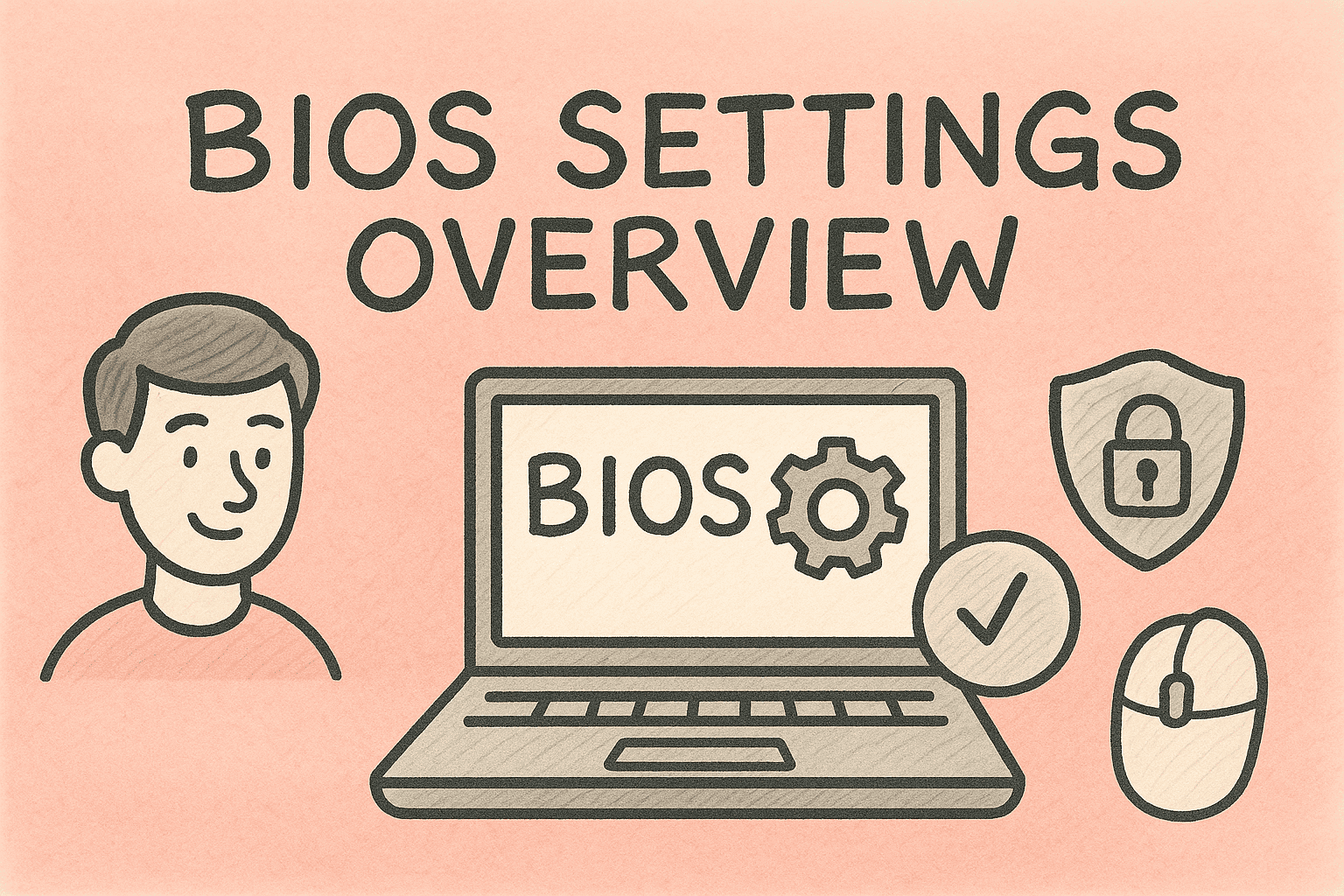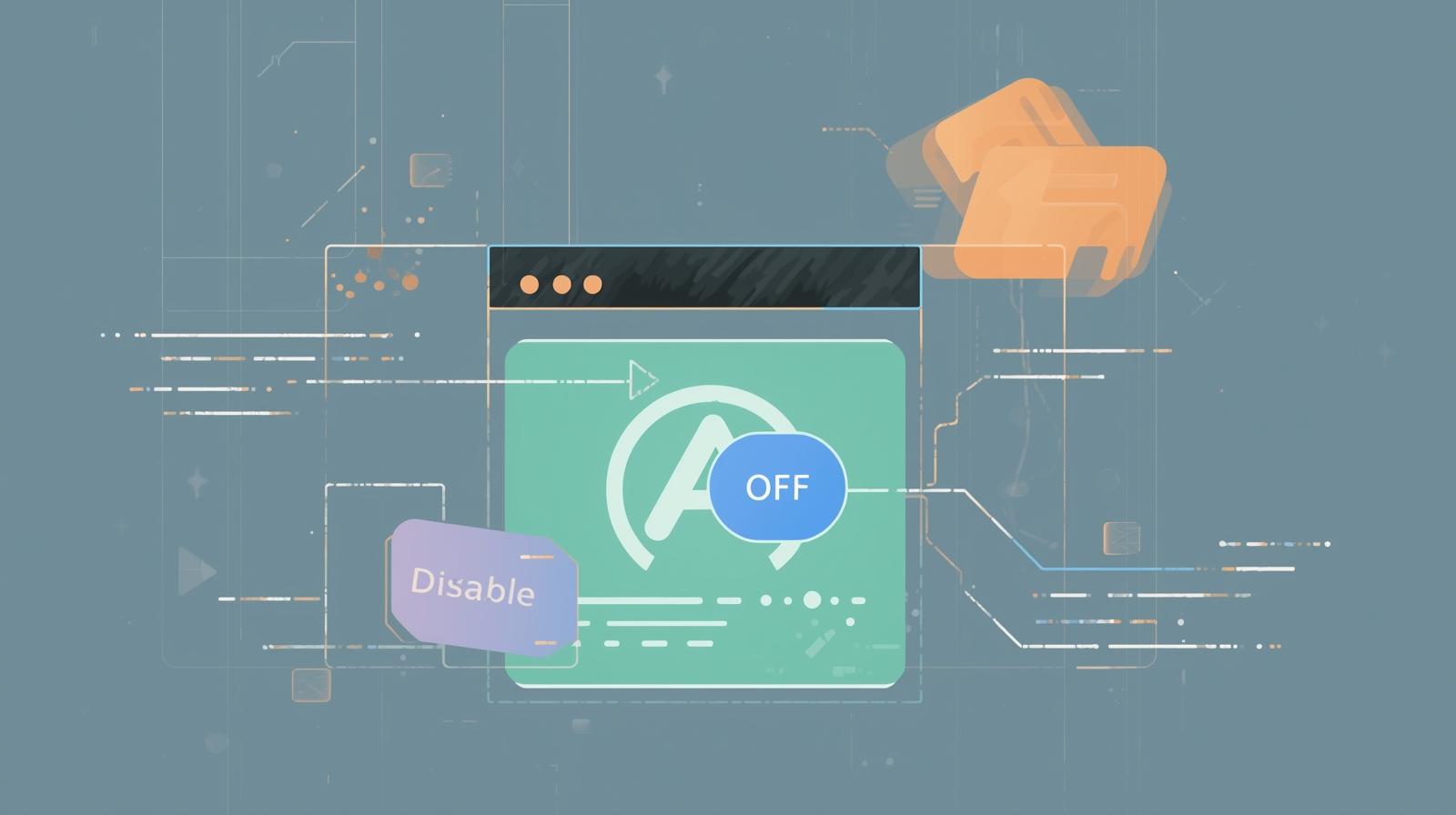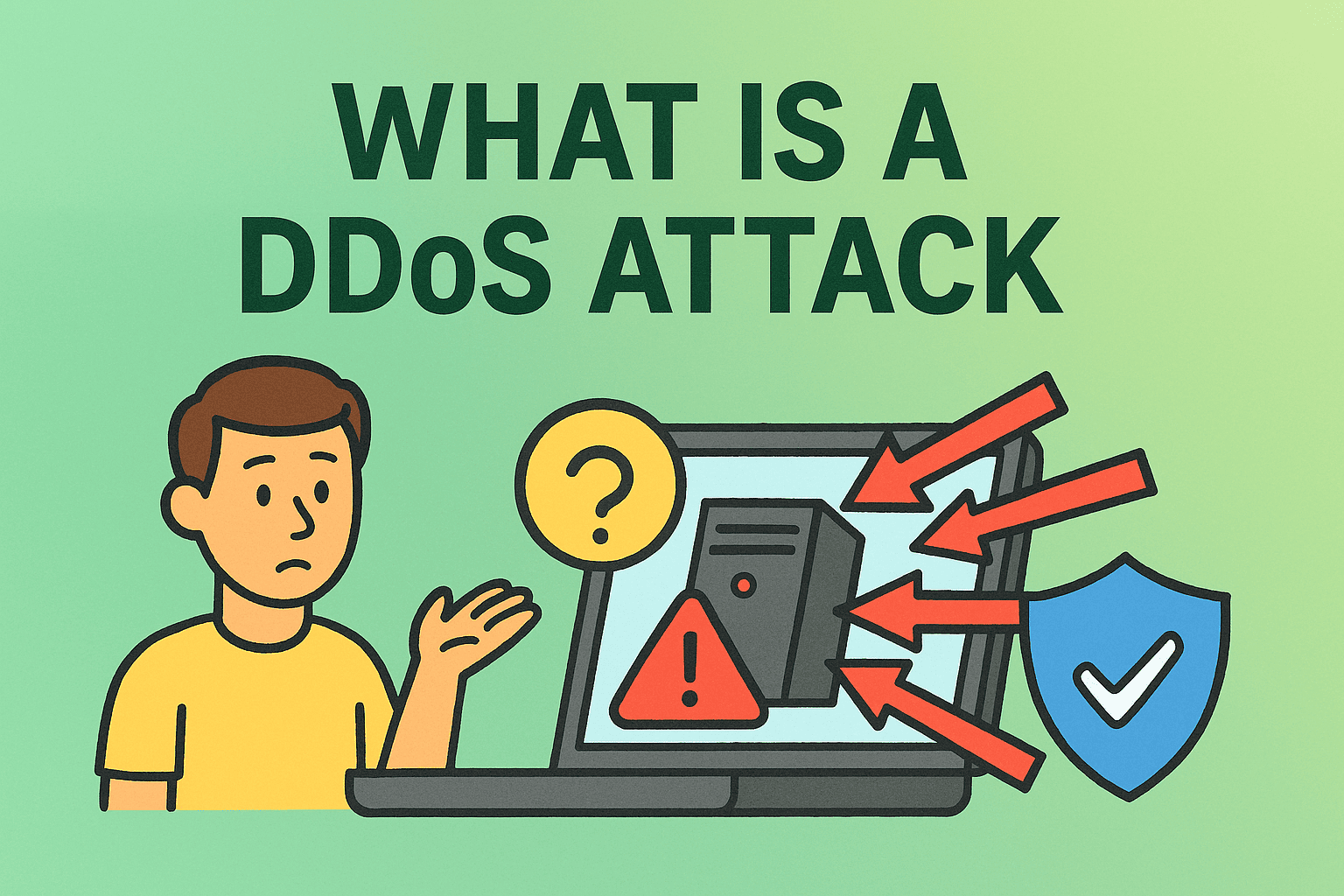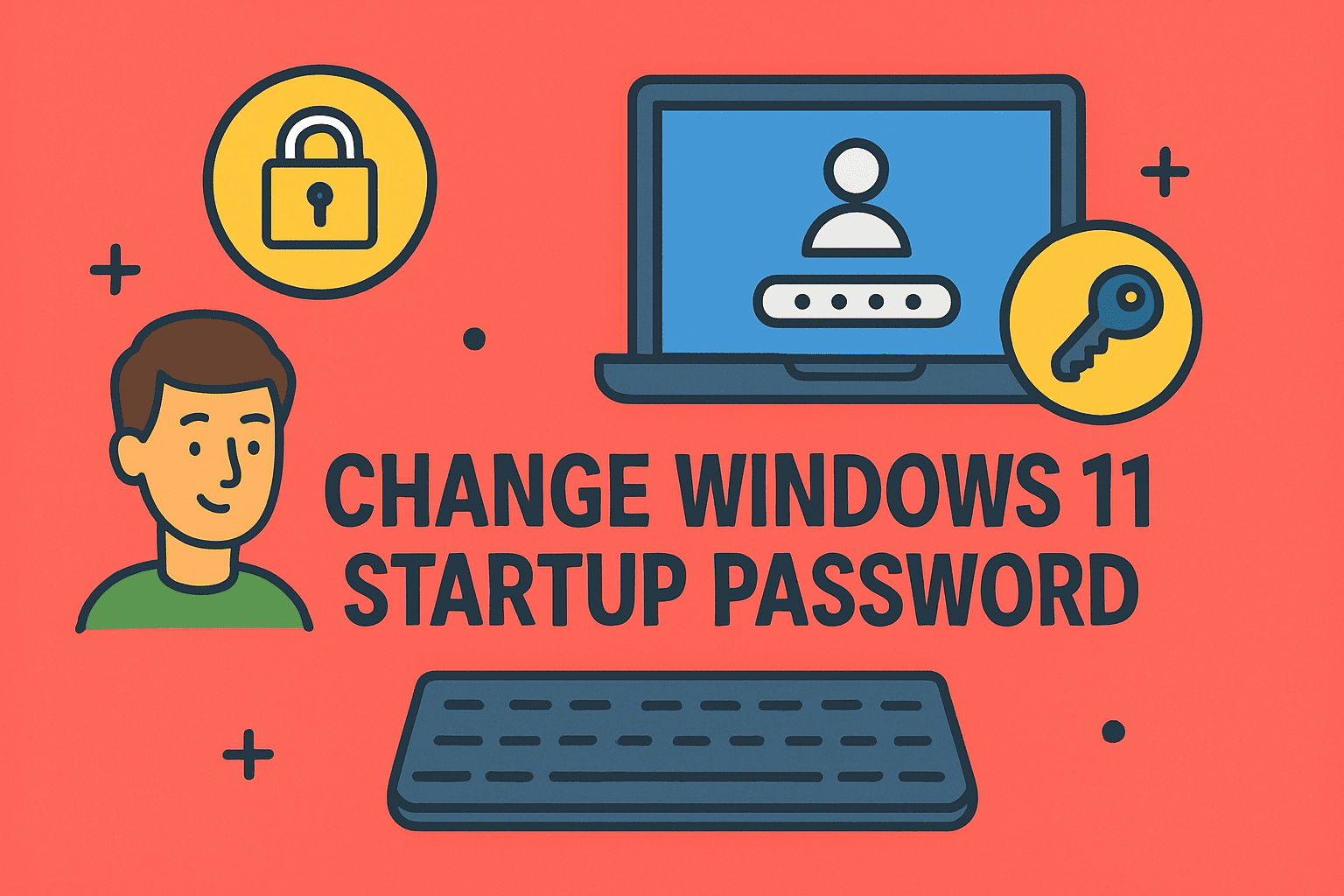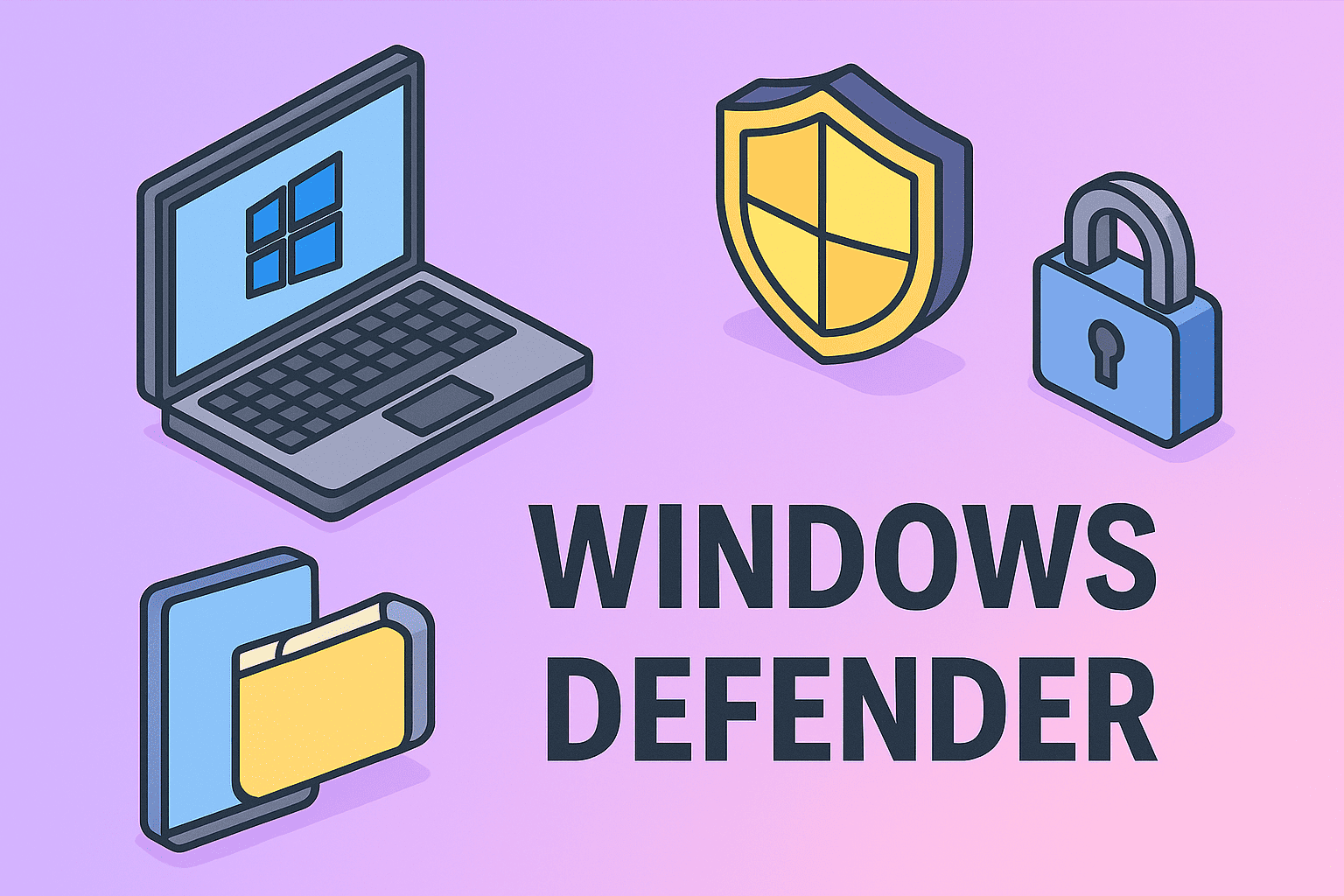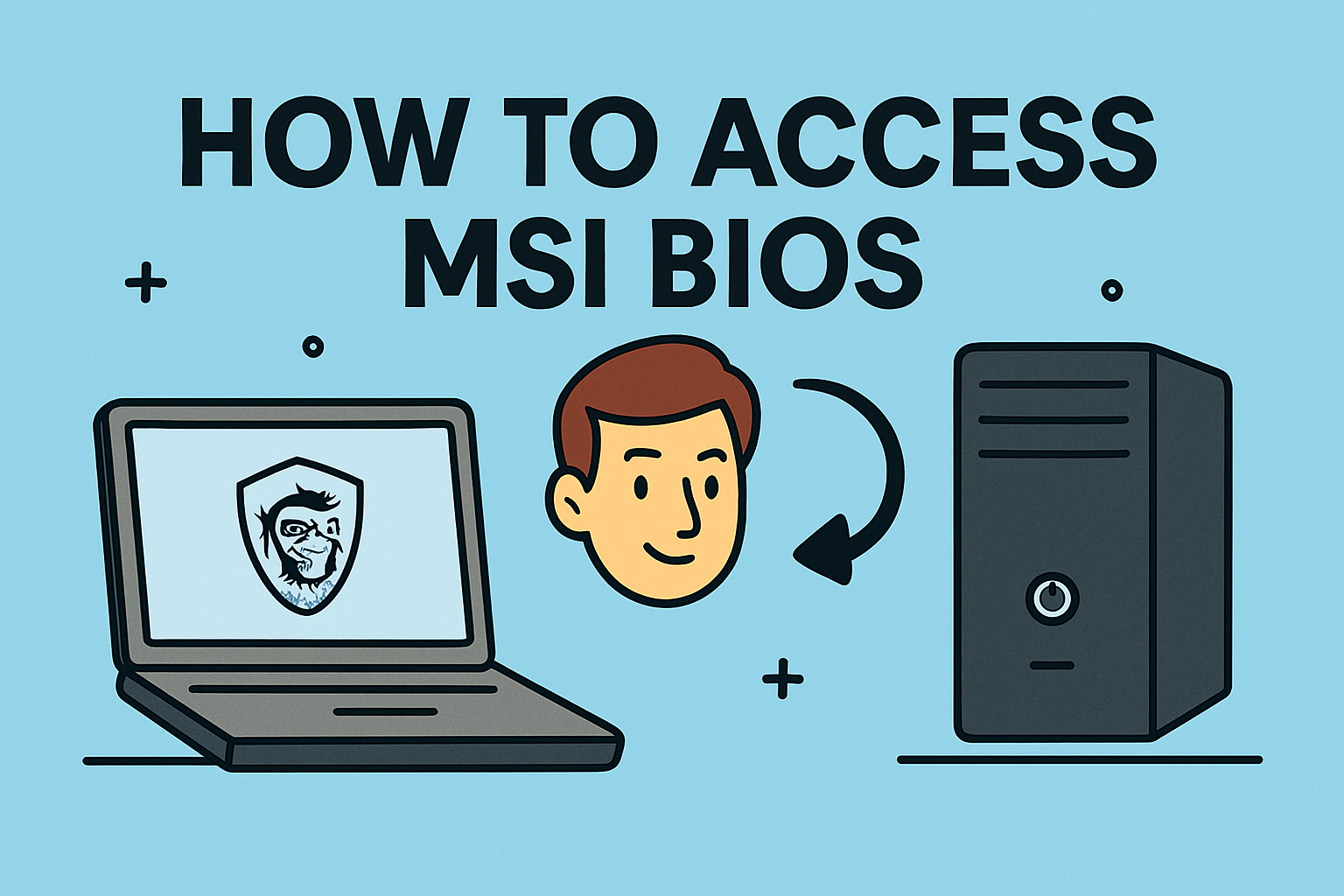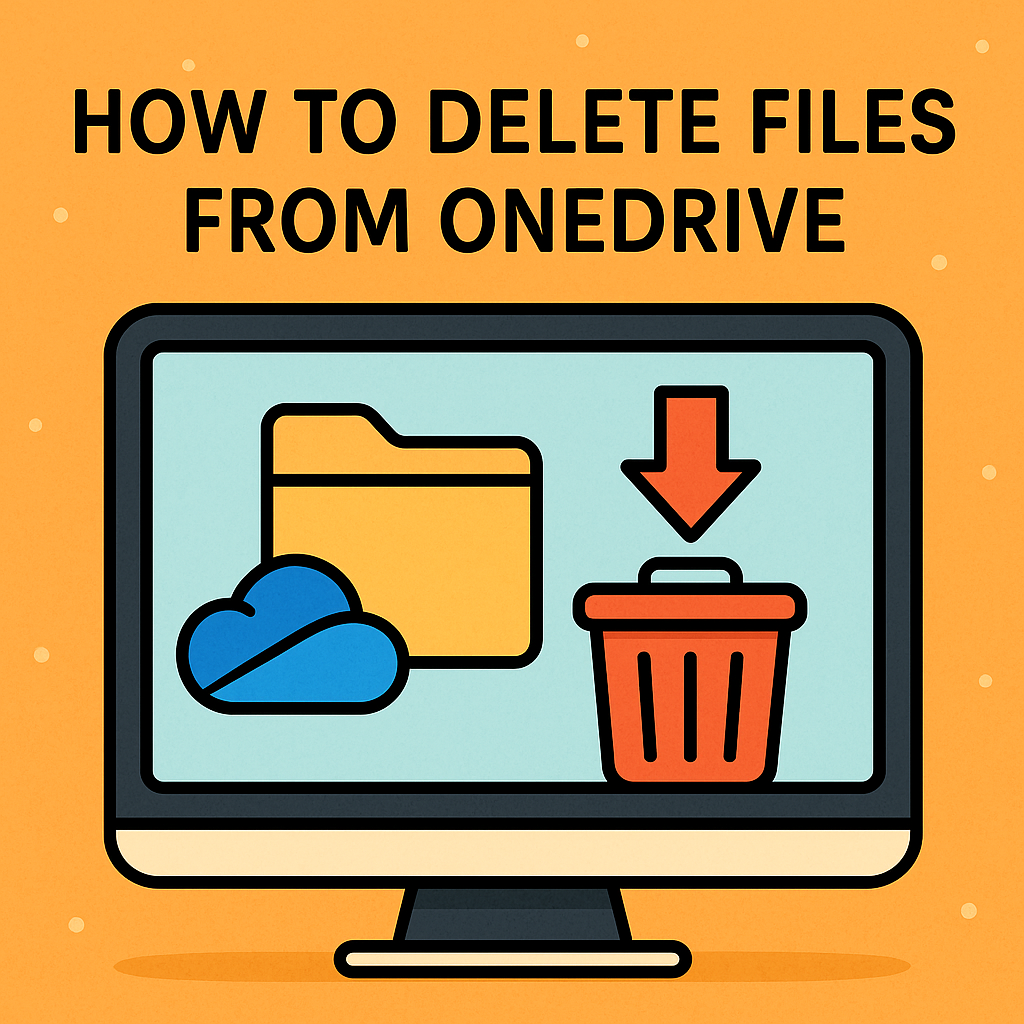What Is a Deepfake? Understanding the Rise of AI-Generated Deception
Updated on June 10, 2025, by ITarian
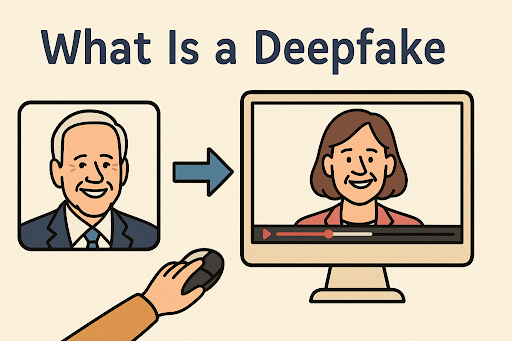
In today’s hyper-digital world, seeing is no longer believing. Enter deepfakes—a form of artificial intelligence that can fabricate hyper-realistic videos, audio, or images of people doing or saying things they never actually did. Whether it’s a viral celebrity video or a political scandal, deepfakes are redefining the boundaries of reality and fiction.
This article will break down what is a deepfake, explore the technology behind it, showcase real deepfake examples, and provide practical advice on deepfake attacks and how cybersecurity professionals can safeguard against them.
What Is a Deepfake?
A deepfake is a synthetic media generated by artificial intelligence, particularly through deep learning techniques. These manipulated media pieces mimic real people’s appearance or voice with high precision, making them incredibly difficult to distinguish from authentic content.
The term “deepfake” is a blend of “deep learning” and “fake”, highlighting the AI-driven manipulation behind it.
How Deepfake Technology Works
Deepfake creation primarily relies on two technologies:
- Generative Adversarial Networks (GANs): These pit two neural networks against each other—the generator creates the fake media, while the discriminator tries to detect if it’s fake. This adversarial process results in increasingly realistic forgeries.
- Autoencoders: These compress and reconstruct images or videos, which can then be swapped or altered with the desired content.
These systems require large datasets—often harvested from public images or videos—to train models that learn a person’s facial expressions, voice, and mannerisms.
Deepfake Examples: From Entertainment to Espionage
Deepfake content has surfaced across various domains, both harmless and harmful. Let’s take a look at some notable deepfake examples:
1. Entertainment & Parody
- Deepfakes of actors like Tom Cruise or Barack Obama have gone viral for their eerily accurate impersonations.
- YouTubers use deepfakes for parody and satire, swapping faces in movie scenes for humorous effect.
2. Political Manipulation
- Fabricated videos showing politicians making controversial statements can mislead voters and incite unrest.
- A famous deepfake of President Zelensky urging Ukrainian soldiers to surrender was quickly debunked but illustrates the geopolitical danger.
3. Corporate Espionage
- Criminals have used deepfake voice calls (voice cloning) to impersonate CEOs and authorize fraudulent financial transactions—costing companies millions.
Deepfake vs Fake News: Key Differences
While both deepfakes and fake news spread misinformation, they differ significantly:
| Criteria | Deepfake | Fake News |
| Format | Video, Audio, Image | Text (articles, posts) |
| Technology | AI-based (GANs, deep learning) | Human-written or bots |
| Detection | Requires digital forensics or AI | Can often be fact-checked manually |
| Impact | Higher psychological influence | Moderate, unless viral |
In short, deepfakes are the evolution of fake news—harder to detect and potentially more damaging due to their sensory realism.
The Rising Threat of Deepfake Attacks
Deepfake technology has grown from a novelty into a serious cybersecurity threat. Here’s how these attacks unfold:
1. Phishing & Social Engineering
Attackers can use deepfakes to simulate a trusted executive in video messages, urging employees to share sensitive information or approve wire transfers.
2. Reputation Damage
Fake content of CEOs, celebrities, or politicians can be used to ruin reputations, create public distrust, or manipulate stock markets.
3. Political Warfare
State-sponsored actors use deepfakes to disseminate propaganda, influence elections, or destabilize governments.
4. Legal & Ethical Dilemmas
Deepfakes challenge the authenticity of video evidence in court, creating unprecedented hurdles for justice and truth.
Spotting and Preventing Deepfake Attacks
Cybersecurity teams and IT managers must adopt proactive strategies to mitigate deepfake threats:
🔍 Detection Tools
- AI-based Detection Models: Companies like Microsoft and Facebook are developing tools that analyze videos for deepfake inconsistencies.
- Forensic Analysis: Pixel inconsistencies, unnatural blinking, and mismatched shadows can be telltale signs.
🛡️ Cybersecurity Measures
- Employee Training: Train staff to be skeptical of unexpected video/audio communications, especially those with urgent financial requests.
- Multi-Factor Authentication (MFA): Never rely on visual/audio cues alone—use secure channels and identity verification.
- Zero Trust Framework: Assume all content and actors are untrustworthy until proven otherwise.
🧰 Tools to Try:
- Deepware Scanner
- Sensity AI (formerly Deeptrace)
- Reality Defender
Ethical Use of Deepfake Technology
While most deepfake headlines focus on deception, the technology has potential in areas like:
- Entertainment: Recreating historical figures or aging actors.
- Accessibility: Synthesizing voice for the speech-impaired.
- Education: Simulating historical reenactments or multilingual lecturers.
Like all tech, deepfakes can be tools or weapons—it’s the intent and application that define their impact.
What’s Next for Deepfakes in Cybersecurity?
The deepfake arms race is accelerating. As AI becomes more powerful, deepfakes will become increasingly indistinguishable from reality. Expect:
- Real-time deepfake generation (live video impersonation)
- Deepfake detection embedded in browsers and email platforms
- Laws and regulations evolving to criminalize malicious use
Final Thoughts: Staying One Step Ahead
Understanding what is a deepfake is no longer optional—it’s imperative. Whether you’re a cybersecurity analyst, IT manager, or CEO, you must be prepared for this next-generation threat vector. Deepfake attacks blur the line between reality and fiction, but with awareness, detection tools, and proactive defense strategies, you can protect your organization and stakeholders.
Don’t wait to become the next headline. Start implementing security policies that account for synthetic media threats.
👉 Secure your business against emerging threats with Itarian – Start Free
FAQs About Deepfakes
1. What is a deepfake in simple terms?
A deepfake is an AI-generated video, image, or audio clip that falsely represents a person doing or saying something they never did.
2. How are deepfakes created?
They are created using deep learning models like GANs or autoencoders that analyze and mimic a person’s voice, face, and movements.
3. Can deepfakes be detected?
Yes, but it’s challenging. Detection requires AI tools or forensic analysis to spot subtle anomalies.
4. Are deepfakes illegal?
While not all deepfakes are illegal, using them for fraud, impersonation, or harassment can lead to criminal charges in many jurisdictions.
5. How can organizations protect against deepfake attacks?
Implement detection tools, train employees, use multifactor authentication, and adopt a zero-trust approach to communications.

